Cycling is more than just pedaling—it’s a full-body sport that demands strength, stability, and resilience. While time on the saddle builds cardiovascular endurance, integrating strength training into your routine unlocks new levels of performance. Whether you're a road racer, mountain biker, or weekend warrior, targeted strength work enhances power output, reduces injury risk, and improves overall efficiency.
Here are 10 progressive strength training tips specifically designed for cyclists, complete with practical advice, tracking ideas, and motivation cues to keep you consistent and results-driven.
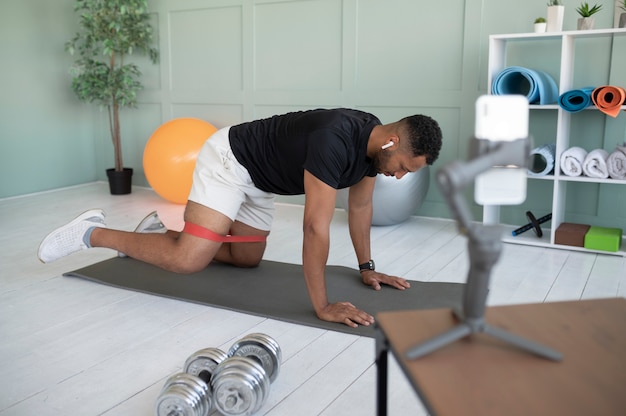
Focus on multi-joint exercises like squats, deadlifts, lunges, and step-ups. These movements engage multiple muscle groups—especially glutes, quads, and hamstrings—mimicking the demands of cycling. They also improve neuromuscular coordination and build functional strength.
Tracking Tip: Log your reps, sets, and weights weekly. Aim to increase load or volume by 5–10% every 2–3 weeks.
Motivation Cue: "Every rep builds a stronger pedal stroke. Push with purpose."

A strong core stabilizes your pelvis and spine during long rides, improving posture and reducing lower back strain. Focus on anti-rotation and isometric holds like planks, Pallof presses, and bird-dogs.
Tracking Tip: Time your holds. Add 5–10 seconds weekly to plank and side-plank exercises.
Motivation Cue: "Stability is silent power. Hold strong, ride longer."
Many cyclists have underactive glutes, leading to quad dominance and knee strain. Incorporate glute bridges, hip thrusts, and banded lateral walks to activate and strengthen these crucial muscles.
Tracking Tip: Record how many reps you can do with proper form before fatigue sets in. Track progress monthly.
Motivation Cue: "Fire your glutes, fuel your climb."
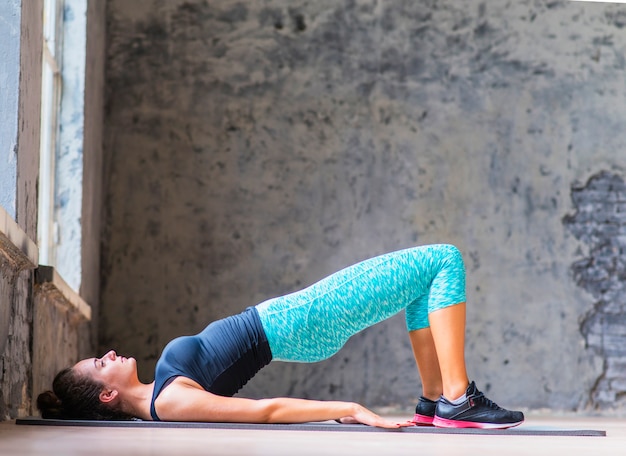
Cycling is a single-leg dominant motion. Bulgarian split squats, single-leg deadlifts, and step-ups improve balance, correct muscle imbalances, and increase pedaling efficiency.
Tracking Tip: Note any strength differences between legs. Aim for symmetry over time.
Motivation Cue: "One leg at a time, building unstoppable balance."
Gradually increase resistance, reps, or sets to keep challenging your muscles. Without progression, gains plateau. Start with bodyweight, then add dumbbells, kettlebells, or resistance bands.
Tracking Tip: Use a training journal or app to log workouts and plan incremental increases.
Motivation Cue: "Strength grows where challenge begins."
Perform strength sessions on low-intensity cycling days or after easy rides. Avoid heavy lifting before key endurance or interval workouts. 2–3 sessions per week (20–40 minutes each) are sufficient.
Tracking Tip: Color-code your weekly calendar: red for hard rides, green for strength, blue for rest.
Motivation Cue: "Off the bike today, stronger on it tomorrow."
The lowering phase of a lift (eccentric) builds muscle resilience and tendon strength. Slow down the descent in squats and deadlifts (3–4 seconds) to enhance control and reduce injury risk.
Tracking Tip: Count tempo in your sets (e.g., 4-1-1: 4 seconds down, 1 second up).
Motivation Cue: "Control the descent, conquer the climb."
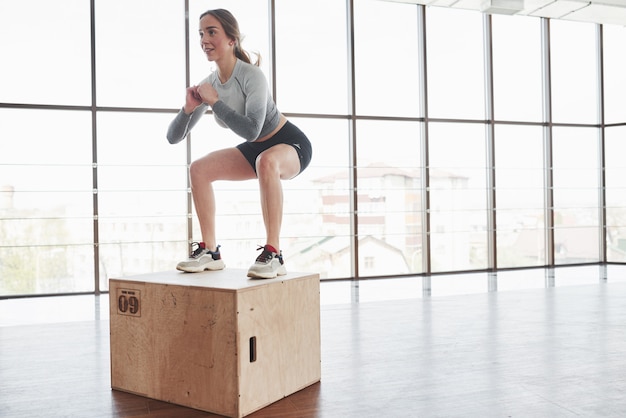
Explosive moves like box jumps, jump squats, and medicine ball slams improve neuromuscular power and sprint performance. Add 1–2 sets once a week during the off-season or base phase.
Tracking Tip: Measure jump height or ground contact time if using wearable tech.
Motivation Cue: "Explode off the line—power is in your feet."
Strength gains happen during recovery. Include foam rolling, dynamic stretching, and 7–9 hours of sleep nightly. Address tight hips and hamstrings regularly to maintain optimal pedal mechanics.
Tracking Tip: Rate your recovery daily (1–5 scale) and adjust training accordingly.
Motivation Cue: "Rest is not retreat—it’s rebuilding."
Strength gains take time. Stick with your program for at least 8–12 weeks before evaluating results. Notice improvements in hill climbing, sprinting, and reduced fatigue.
Tracking Tip: Take monthly performance snapshots: record a hill climb time or max power sprint.
Motivation Cue: "Small efforts, repeated, create remarkable results."
Strength training isn’t about bulking up—it’s about building a more powerful, resilient, and efficient cycling body. By integrating these 10 tips progressively and tracking your journey, you’ll notice real performance gains on the bike.
Start simple, stay consistent, and let strength elevate your ride.

Fitness

Fitness

Fitness

Fitness

Fitness
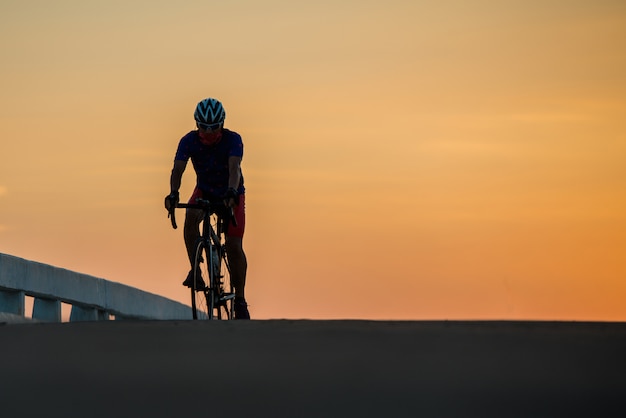
Fitness
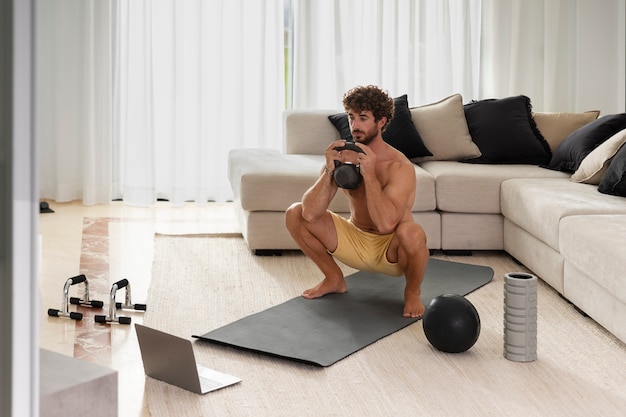
Fitness
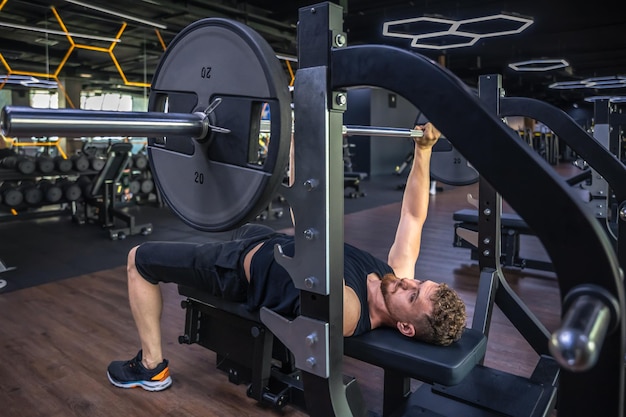
Fitness

Fitness

Fitness
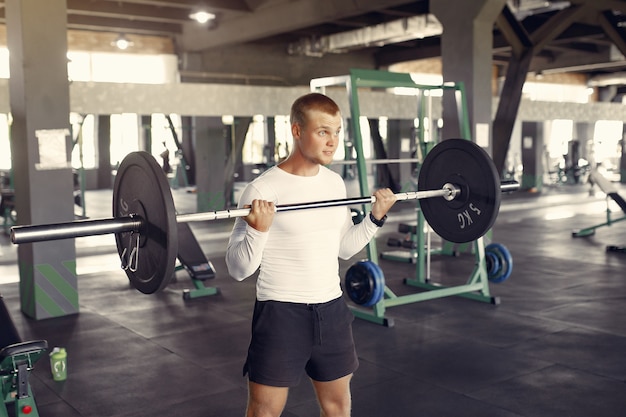
Fitness

Fitness

Health

Fitness

Health

Health